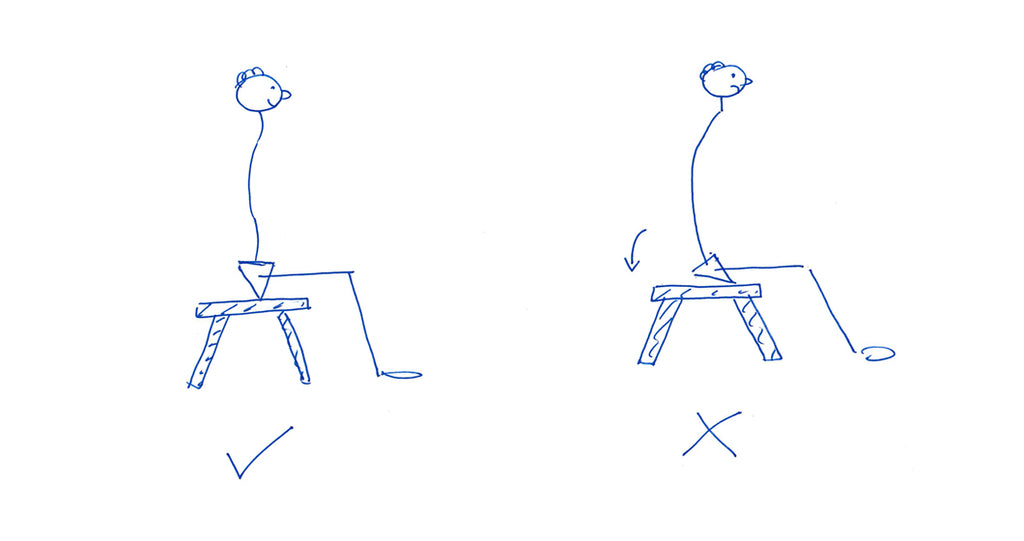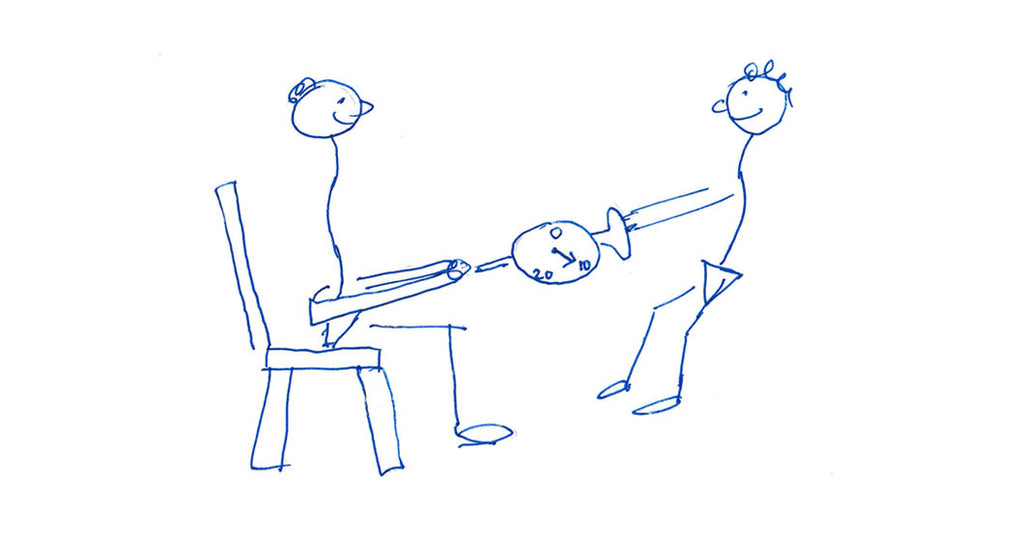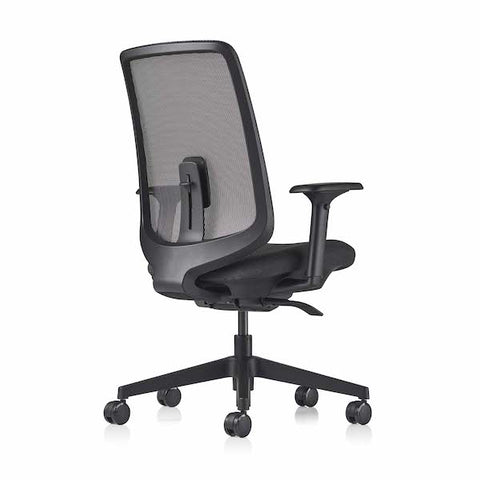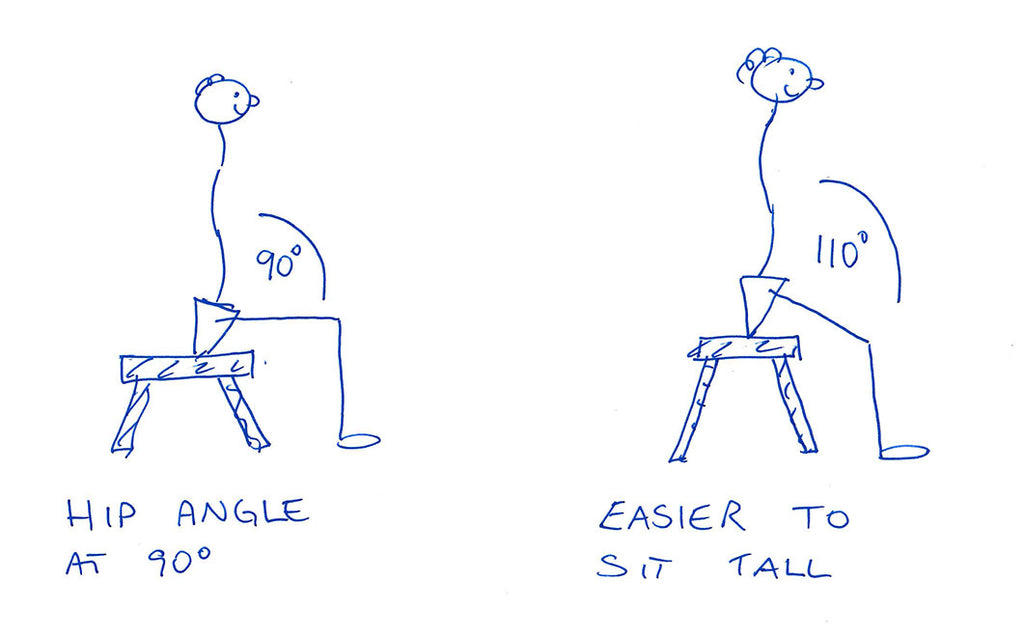What is the best sitting posture?
I teach people how to sit properly every day in my clinical work. The principle is simple, the shape of your spine when you sit should mimic the shape of your spine when you stand. However, it's not always so easy to achieve.


The bit that many people get wrong is the fine tuning of the pelvis. We must sit on our ‘sit bones’.

It is very easy for us to roll off our ‘sit bones’ and on to our buttocks and indeed this is often perceived to be comfortable. This rotates the pelvis too far backwards and effectively puts the lower spine in a permanent position of forward bending.
 Most low back pain originates in the lower half of the lumbar spine and so this action is important.
Most low back pain originates in the lower half of the lumbar spine and so this action is important.
To sit like this using your muscles alone for any length of time is an impossible ask, our muscles fatigue and we slowly slump. So, it is important that you use the back of the chair, not only to support your lower back but more importantly to stop your pelvis from rolling backwards.
Having an office chair with a shorter back is easier to set up to fit you well. They don’t look as ‘sumptuous’ as high-backed chairs, but it is easier to get the correct support in the low back and pelvis region.

A chair with a higher back, needs to have an adjustable lumbar support to have any chance of getting the support in the right spot.

|
MAIN POINTS
|
Another sitting option is perching on the front of the chair. This allows us to drop our knees lower than our hips which opens up the hip angle.
Studies have shown that if we increase the hip angle to greater than 90° it is easier to sit up on our ‘sit bones’.

For this to be practical, we must perch on the front of the chair. This is best done if we raise the chair a little and allow us to drop our knees below our hips.

This obviously means that your muscles are working to hold you upright, but their activity is no different from standing still.
Finally, there is no substitute for getting out of your chair frequently and getting your muscles working, i.e. walking.